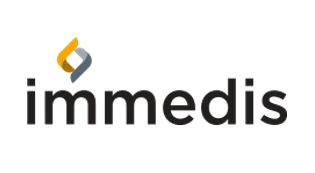Employee engagement is a critical factor in the success of any organization. And a positive employee experience plays a crucial role in driving this engagement, as it directly impacts an employee's sense of fulfillment, satisfaction and commitment to their work. Our research reveals that one-half (51%) of organizations believe that HCM technology systems are extremely important to improving employee experience. And yet, rarely does anyone think to include payroll technology in these terms. Generally speaking, payroll is taken for granted. Occasionally, employees review a pay slip to ensure proper deductions and withholdings, but for the most part, the only thought given to payroll is when something goes wrong. This is primarily because payroll systems have historically been viewed as a means to optimize and streamline a complex process, rather than as a tool to bolster the employee experience. Ultimately, payroll is a hygiene factor in a person's motivational hierarchy of needs: without it being right, nothing else can be. It’s time for organizations to start utilizing this investment more strategically.
Payroll technology can have a major impact on the employee experience in several ways. For example, with modern payroll systems, organizations can provide flexibility in how employees are paid. They are no longer dependent solely upon paper checks, which can be costly and inconvenient, or direct deposit, which assumes all employees have bank accounts. Mobile wallet is gaining traction, as employees who already use Venmo, Apple Pay and the like prefer the convenience of having their pay deposited to those accounts where many are already managing bill pay and personal payments. Another significant impact of payroll software on the employee experience is its ability to automate the payroll process, helping payroll teams ensure employees are paid on time, accurately and in full. This builds the most basic level of trust between an employee and their employer, which is particularly relevant given the rise of “work-from-anywhere” policies or for those in unique situations like temporary overseas work assignments.


